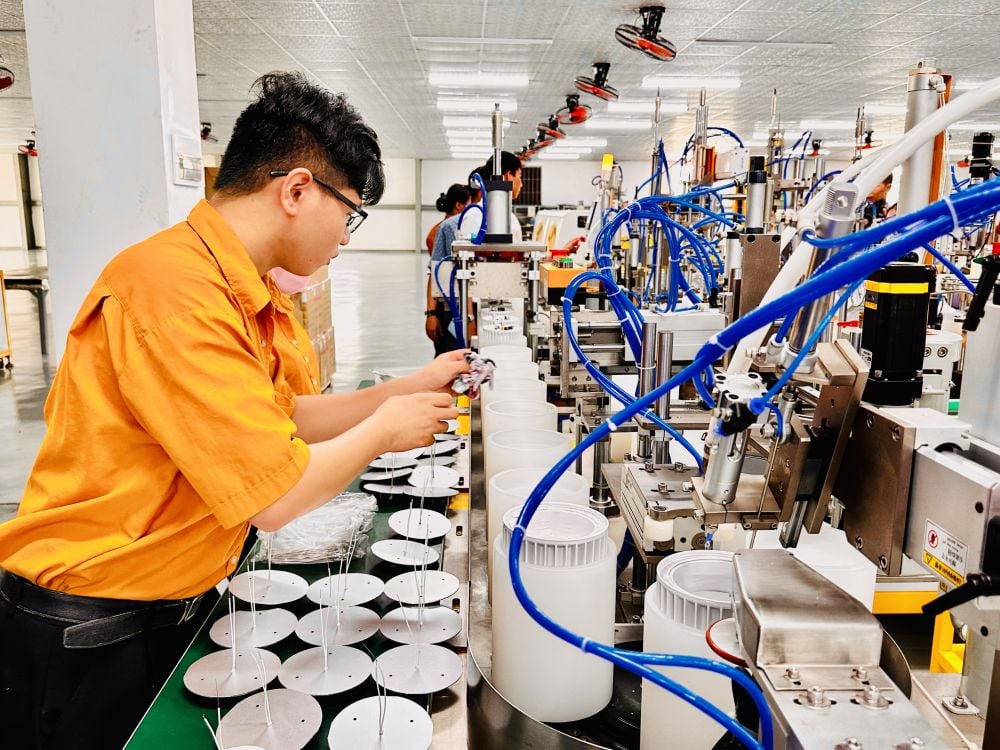
Minimize negative impacts
In the first quarter of 2025, many key export enterprises of the province such as wood, textiles, and footwear recorded an increase in orders compared to the same period in 2024. However, from April 2025, due to fluctuations in the world market, especially the increase in reciprocal tariffs by the United States on many countries, including Vietnam, businesses were forced to proactively operate production and export activities, adapting to unpredictable fluctuations in the world market.
Mr. Le Duc Nghia, Chairman of the Board of Directors of An Cuong Wood Joint Stock Company, said that some of the company's export products are subject to new reciprocal taxes when entering the US market. Future developments will depend on the results of bilateral negotiations. If the tax rate is maintained at 15-20%, the company's export activities will still be effective. "Taking advantage of the time when the reciprocal tax is temporarily suspended, the company is speeding up production to deliver orders to US partners on time. The company has proactively reduced prices for customers, shared difficulties with high shipping costs, and offered discount programs to maintain market share," said Mr. Le Duc Nghia.
Mr. Nguyen Minh Nhat, Director of Nhat Nam Production - Trading Company Limited, said that the company is trying to maintain production, retain workers and balance finances. Currently, wood industry enterprises are proactively sourcing raw materials, diversifying markets, improving competitiveness and transparency to help the wood industry minimize the negative impact of US tariffs and other trade fluctuations. Enterprises hope that the authorities will create more favorable conditions in terms of granting certificates of origin, promptly warning about the origin of raw wood materials for the production of export products...
Meanwhile, according to textile and garment enterprises, some customers have proposed to reduce selling prices by 2% because they accept to bear the additional 10% tax from the US market to avoid having to increase prices when reaching consumers. To cope with fluctuations in input costs, enterprises have proactively signed long-term contracts with raw material suppliers and planned to stockpile to stabilize purchasing prices in the context of raw material prices tending to increase again. Ms. Phan Le Diem Trang, Vice President of Binh Duong Textile and Garment Association, said that in the context of the current volatile export market, domestic enterprises that have not really established their position and have not upgraded their value will easily fall into a vulnerable position. Currently, customers are facing a series of requirements and challenges from major export markets, such as the "sustainable textile" strategy with 3 standards of durability, reusability, recycling from fiber to fiber and mandatory recycled content.
Value upgrade
According to experts, due to its low position in the value chain, Vietnamese goods face difficulties in competition, low profits and difficulty in expanding the market. Furthermore, most of the input materials are imported, causing the ratio of domestic value added to total export output to be low. Therefore, accelerating the value upgrading of goods is very necessary at this time. Enterprises need to transform their image from a low-cost producer to a reliable alternative supplier, such as one capable of providing unique, high-value specialty items.
According to Mr. Huynh Quang Thanh, Director of Hiep Long Wood Company Limited, the transition from the OEM model to the original brand manufacturer (OBM) model requires investment in branding, innovation and customer base ownership. With the OBM model, businesses will be responsible for everything, including production and development, supply chain, delivery and marketing. However, the advantage is that they will sell goods under their own brand name to add value. This model also helps businesses save costs by reducing arising problems. However, this is a long road, requiring careful investment.
According to Mr. Tran Ngoc Liem, Director of the Vietnam Federation of Commerce and Industry (VCCI) - Ho Chi Minh City Branch, there are still many open markets with potential and tariff advantages that Vietnam has not effectively exploited, such as the Middle East, Latin America (typically Brazil, Argentina, Chile, Colombia)... VCCI - Ho Chi Minh City Branch accompanies businesses in opening markets, finding suitable partners and producing products that meet the right segments, market needs and especially markets with similar cultural levels, which can interact directly with businesses. Businesses themselves also need to proactively exploit the advantages of free trade agreements that Vietnam participates in.
According to the leader of the Department of Industry and Trade, in the context of the unpredictable fluctuations of the world market, businesses need to adapt to trade promotion activities, innovate and promote the implementation of forms to expand new export markets. The industry and trade sector continues to promptly share information on niche markets (a subset of the market where products are attracted by a small group of consumers), update new export development opportunities for localities, associations, businesses, etc. |
TIEU MY - ANH TUAN
Source: https://baobinhduong.vn/nang-cap-chuoi-gia-tri-mo-rong-thi-truong-xuat-khau-a347492.html


![[Photo] T&T 1 and Ho Chi Minh City 1 People's Police Teams won the men's and women's team championships](https://vphoto.vietnam.vn/thumb/1200x675/vietnam/resource/IMAGE/2025/5/22/39db06ae67cb4001b7a556e8d9a56d07)









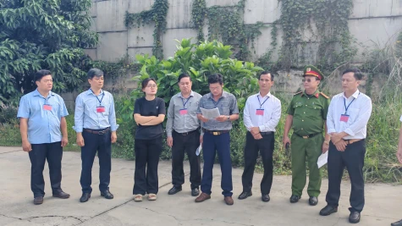




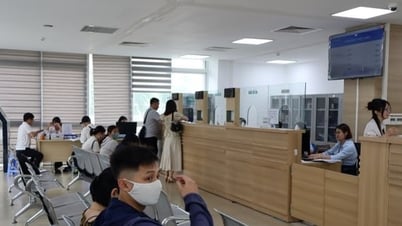





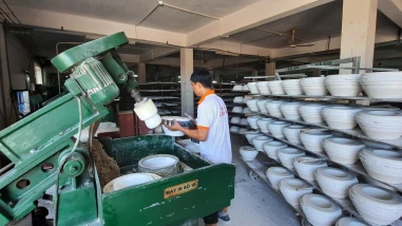
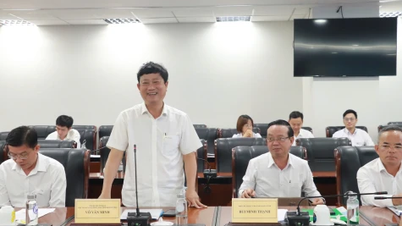
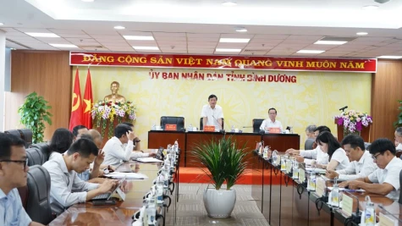
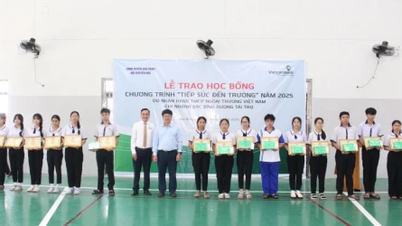

![[Photo] Top players gather at the 2025 Nhan Dan Newspaper National Table Tennis Championship](https://vphoto.vietnam.vn/thumb/1200x675/vietnam/resource/IMAGE/2025/5/23/9ad5f6f4faf146b08335e5c446edb107)










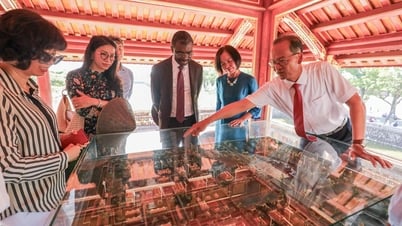
































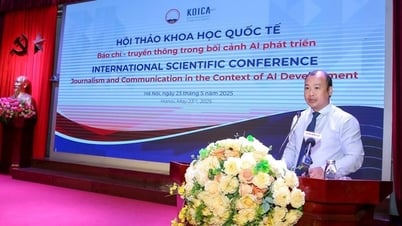
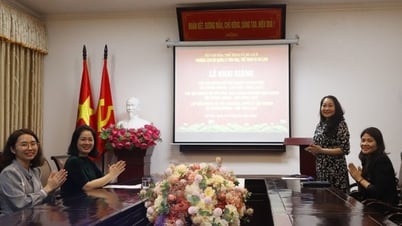
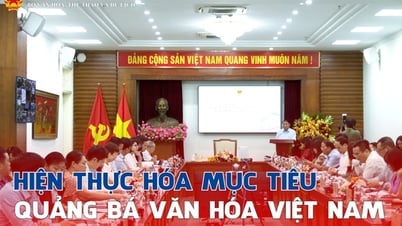
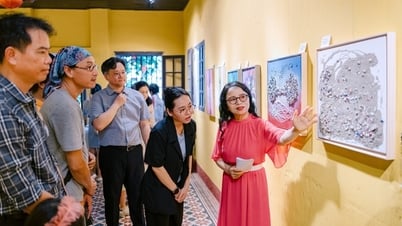



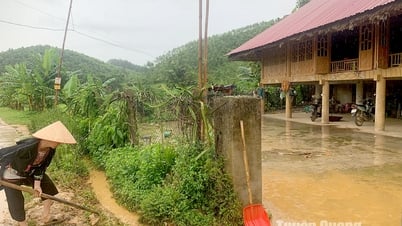

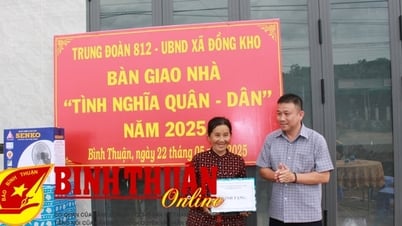










Comment (0)